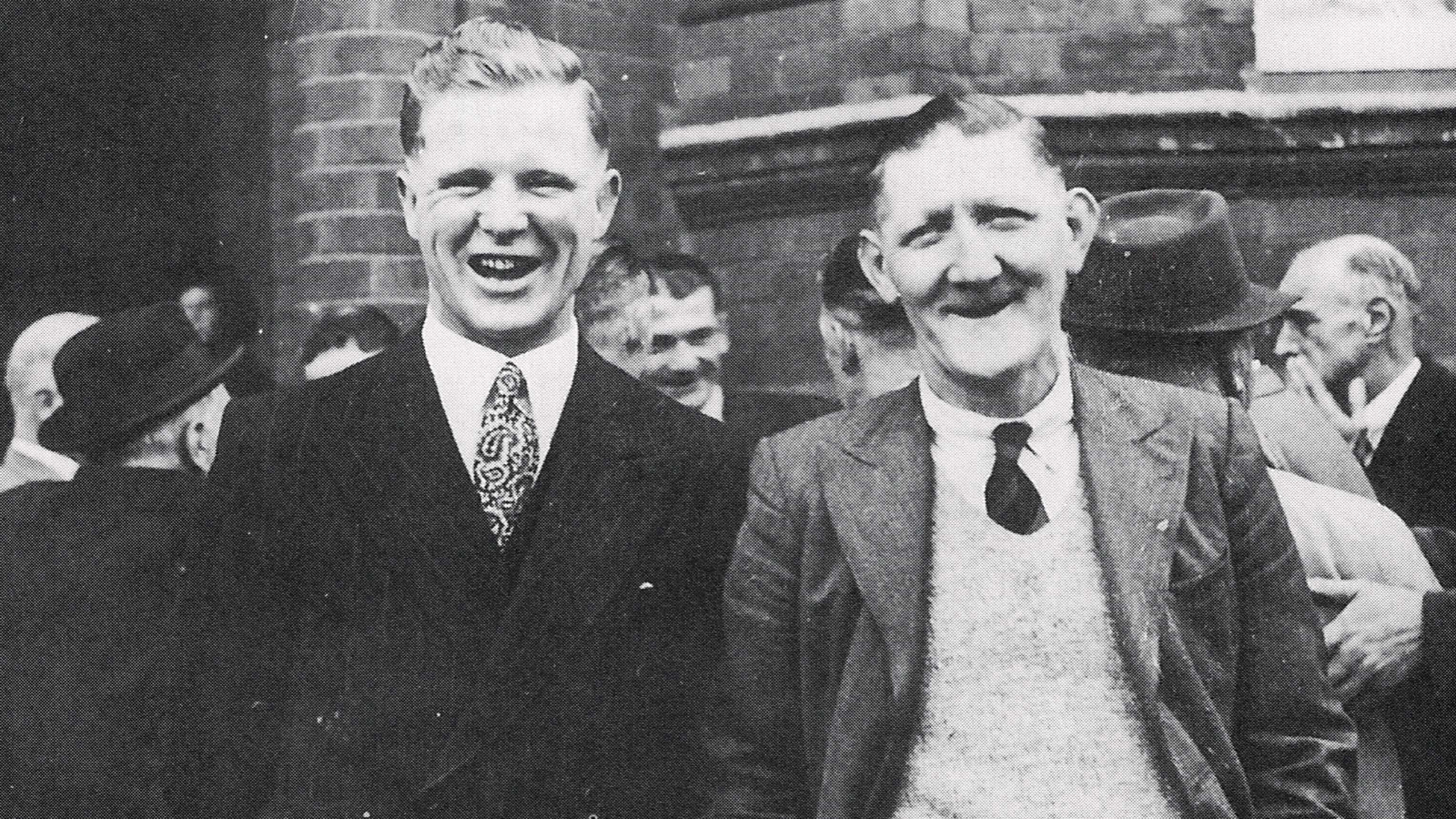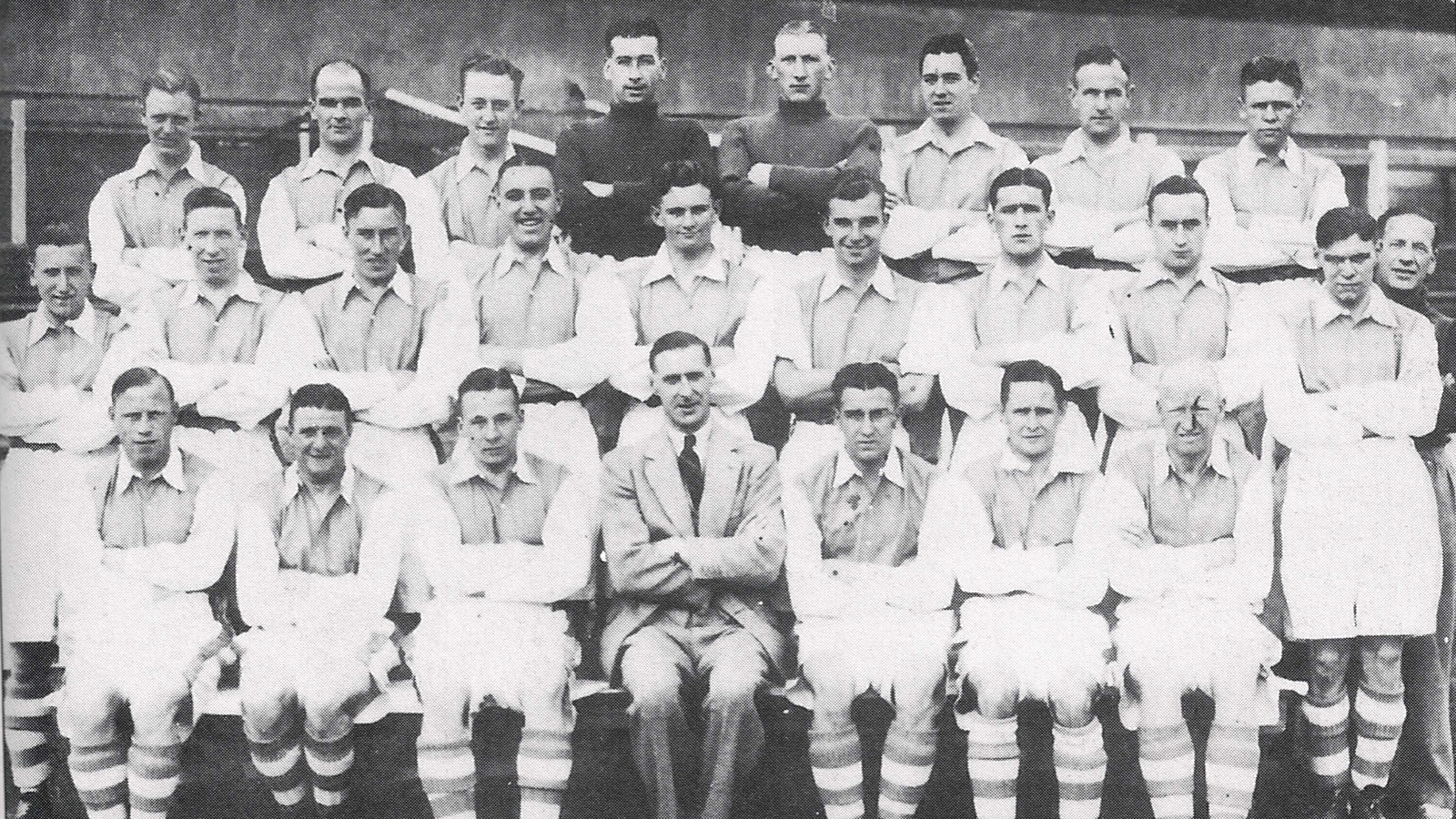At the start of each month throughout this season, we will be remembering the most important moments, matches and milestones from the history of Cardiff City Football Club, proudly celebrating our momentous 125th anniversary.
This period in the history of our football club was affected by the enormity of the Second World War, which began in 1939 and had a huge impact on clubs up and down the country. From the suspension of competitive action to the tragic deaths of several players, the conflict left players and supporters stranded until Football League fixtures resumed in 1946.
The years after our historic FA Cup win in 1927 began with redevelopment off the pitch, but unfortunately decline on it. Ninian Park was given a major facelift, with a new stand erected at the Grange End to maximise the ever-growing interest in South Wales’ premier football club. However, attendances started to decrease when the Bluebirds begun their slide down the Football League pyramid – a devilish drop that would be quite astonishing if it occurred in the modern game.
A measly goal return (43) in 1928/29 saw City relegated to the Second Division, just two years after that famous day at Wembley. This was made even more remarkable by the fact that the Bluebirds boasted the best defence in the division, conceding just 59 times that season. Bury, also relegated, conceded 99, and title-winning Sheffield Wednesday let in 62.
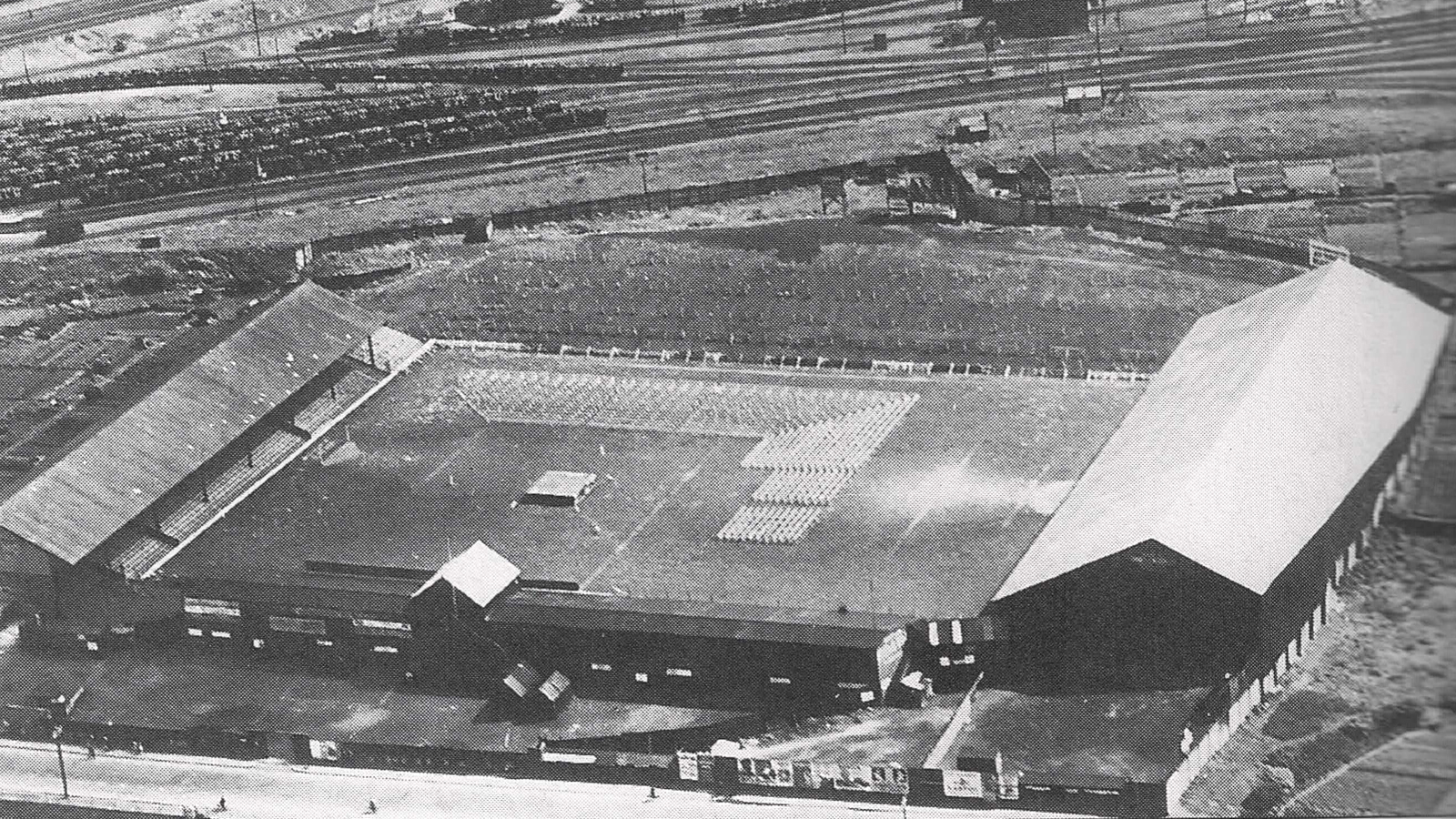
As the Great Depression continued to take its toll on the working people of South Wales, Saturday afternoons at Ninian Park did not offer much in the way of respite. 1930/31 was another disastrous campaign, with City relegated again. The Bluebirds lost their first five matches and then only won one game between mid-January and the end of the campaign, seeing them dumped into Division Three South. The Roaring Twenties of title chases and Cup finals had come to an abrupt end.
Big changes soon followed at Ninian. Legendary skipper Fred Keenor departed for Crewe Alexandra, and Len Davies, our Club top scorer to this day, left for short-lived London outfit, Thames AFC. The following years saw further stalwarts depart; the dependable Billy Hardy, trainer George Latham and eventually secretary-manager, Fred Stewart, after 22 historic years at the helm.
After their dramatic decline, the Bluebirds were firmly stuck in the mud for most of the 1930s. The nadir on the pitch came at the end of 1933/34, a dreary year which ended with City rock-bottom of Division Three South and subsequently forced to re-apply for their Football League status. In 1936, non-league Dartford caused a shock by winning an FA Cup First Round tie 0-3 at Ninian Park, another low moment for the Club. Off the pitch, things somehow took a turn for the worse in January 1937. Thieves broke into the Grandstand at Ninian Park, causing a fire that burnt the old wooden stand, which had stood since the ground first opened in 1910, to the ground.
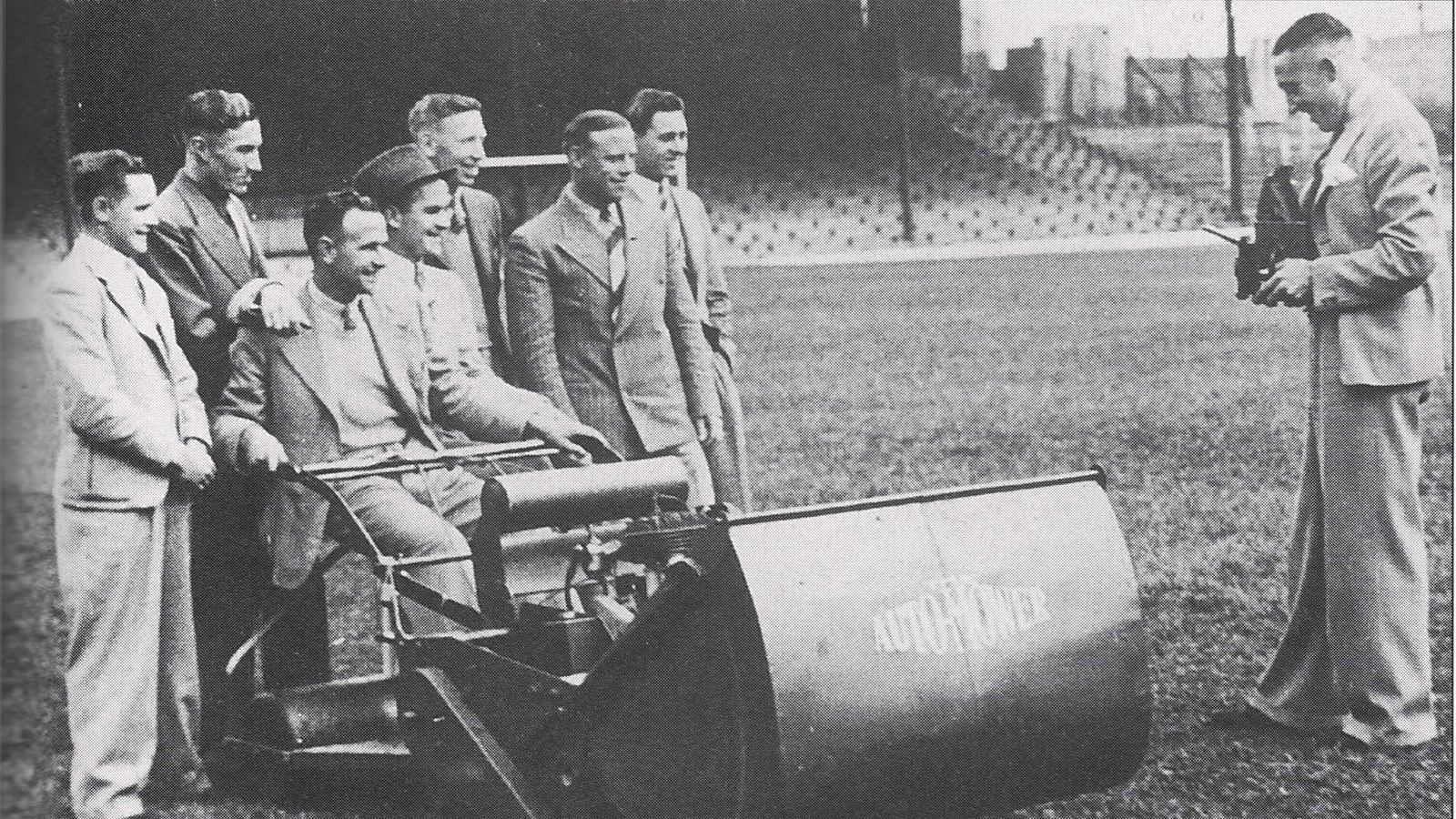
By this time, tensions around Europe were beginning to heighten, with fears of another global conflict rife. City had enjoyed something of a change of fortune on the pitch, finishing 10th and 13th in the seasons leading up to the 1939/40 campaign. In April 1939, Cyril Spiers was appointed as the Club’s manager, a decision that proved to be particularly astute.
However, Spiers would have to wait for a shot at success in South Wales, with the outbreak of the Second World War in September 1939 soon halting all competitive fixtures. The Bluebirds played three times before the 1939/40 season was abandoned, with results annulled. Spiers, though, used the break in play to develop his City squad, focusing especially on young players making their breakthroughs. A series of friendly matches against guest teams were arranged, including one such fixture against Lovells Athletic in October 1942. Spiers called up a 29-year-old by the name of Bill Shankly, who was based at RAF St. Athan, to pull on the City shirt for one, historic match!
Several Bluebirds served in the conflict, including 1927 FA Cup winner, Ernie Curtis. Four other City men – Billy James, Bobby Tobin, Billy Baker and Jackie Pritchard – fought in East Asia and, like Curtis, were captured. Sadly, Pritchard lost his life in November 1943.
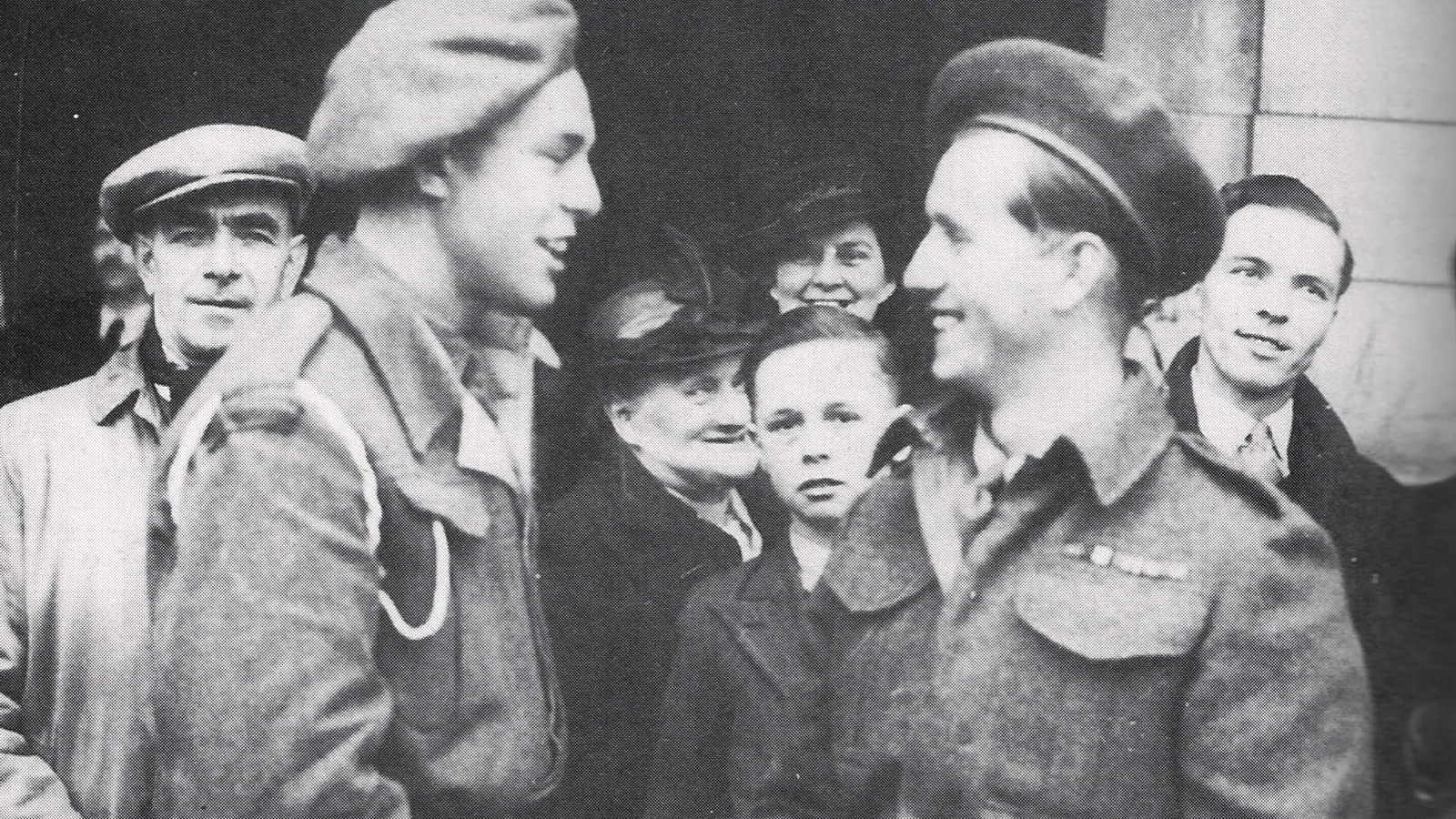
If one good thing was to come of the conflict for Cardiff City, it was the fact that Spiers was permitted to re-build the squad in his image in time for football’s grand return in 1946/47. Prior to the resumption of the Football League, the Bluebirds welcomed international opposition to South Wales in the autumn of 1945. The Russian side Dynamo Moscow were an unknown quantity, but soon showed their style in a 10-1 win. Thankfully, the scoreline was far from important; after six years away, having 40,000 supporters back watching live football at Ninian Park was the real victory.
City made their competitive return in the 1945/46 edition of the FA Cup, falling to defeat to West Bromwich Albion over two legs, before returning to Division Three South action in the summer of 1946. The local lads recruited by Spiers during the War years, like Fred Stansfield and Alf Sherwood, shone as the Bluebirds romped to the third tier title. A brilliant 21-match unbeaten run, including 19 wins, helped them to amass 66 points, going undefeated at Ninian Park all season in front of an average crowd of 28,604. Cardiff-born Stan Richards was the Bluebirds’ top scorer, with 30 league goals, a club record for a single campaign that was to stand for 56 years. Yet, Spiers was nowhere to be seen. A dispute had led to the wartime boss departing for Norwich City, with Billy McCandless coming in to earn the plaudits.
1947 marked the 20th anniversary of our FA Cup win – what a whirlwind two decades it had been. In that time, the Bluebirds had gone from the very pinnacle of British football to almost falling out of the Football League altogether. The icons of ’27 united with the local heroes of ’47 for an anniversary dinner in May to commemorate our finest hour, with the two Freds, respective captains Keenor and Stansfield, posing together. With Spiers returning to the helm following the departure of McCandless, things were beginning to look up for City once more.
